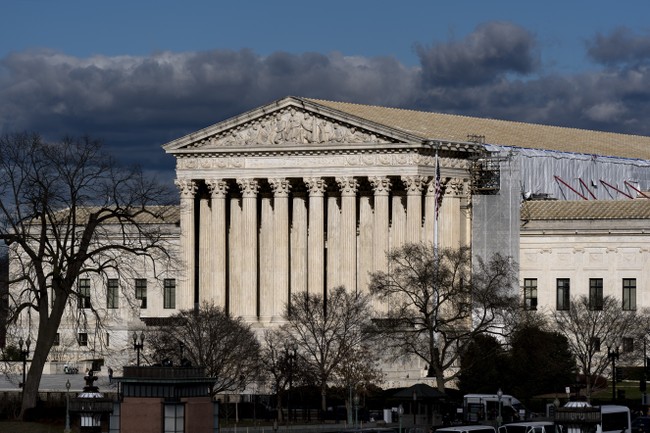
In a unanimous decision that restores sanity and reaffirms the true meaning of civil rights, the Supreme Court on Thursday struck down a misguided judicial doctrine that had, for decades, warped Title VII protections into a one-sided tool of “equity.”
Ames v. Ohio Dept. of Youth Services is not just a technical correction of legal doctrine, it is a resounding declaration that equality under the law still matters more than identity-based scorekeeping.
For years, some federal courts imposed what was known as the “background circumstances” test, a requirement that majority-group plaintiffs (read: white, male, heterosexual, or Christian employees) provide extra proof that their employer was the rare kind that discriminated against the majority.
The Sixth Circuit was one of the worst offenders, insisting that plaintiff Marlean Ames, a heterosexual woman, needed additional evidence to even be allowed to proceed with her discrimination case. Why? Because the alleged discrimination was against a majority group member, and supposedly, that doesn’t count unless you jump through extra hoops.
Not anymore.
What the Court Actually Ruled
Writing for a unanimous Court, Justice Ketanji Brown Jackson said plainly what constitutional conservatives have argued all along: “Title VII’s disparate-treatment provision draws no distinctions between majority-group plaintiffs and minority-group plaintiffs.” The law, she explained, “makes it unlawful to discriminate against any individual… because of such individual’s race, color, religion, sex, or national origin.”
READ MORE: New: Supreme Court Hands Down Huge Ruling in Ohio ‘Reverse Discrimination’ Case
In other words, the law is about individuals, not groups. Equal protection means equal—no asterisks.
The Court slammed the Sixth Circuit’s rationale, calling its requirement “a heightened evidentiary standard” that “cannot be squared with the text of Title VII or our longstanding precedents.” That doctrine, Jackson wrote, “flouts [Title VII’s] basic principle” and “uniformly subject[s] all majority-group plaintiffs to the same, highly specific evidentiary standard in every case”—a standard that didn’t apply to anyone else.
Justice Clarence Thomas, joined by Justice Neil Gorsuch, filed a separate concurring opinion that went even further, calling out the root cause: judge-made doctrines that create unequal burdens under the guise of helping the marginalized. “Such a rule is undoubtedly contrary to Title VII, and likely violates the Constitution,” Thomas wrote. “[T]here can be no such thing as either a creditor or a debtor race.”
Equality > Equity
This case is more than just a victory for a woman who was passed over and demoted in favor of candidates who checked more fashionable demographic boxes. It’s a victory over the growing trend of replacing equality with equity.
Equity, as practiced in far too many corporate HR departments and public institutions, demands unequal treatment to engineer equal outcomes. That’s not fairness, that’s retribution disguised as justice. In this case, it meant denying Marlean Ames the same legal protections everyone else enjoys, simply because of her orientation and perceived privilege.
The Ames decision, by contrast, restores the foundational principle that every American, regardless of background, deserves to be judged on the content of their character and qualifications, not on their demographic label.
Why This Matters for Everyone
The Court’s ruling ensures that our civil rights laws remain just that: civil rights for everyone. It closes the door on a legal theory that tried to smuggle in a hierarchy of victims, where some people had to prove more to be believed simply because of who they are.
That’s not justice. That’s a caste system.
With this decision, the Court didn’t just defend Marlean Ames. It defended every American’s right to equal treatment under the law, regardless of whether their race, sex, or sexual orientation is “trendy” or not.
And that’s a victory worth celebrating.








